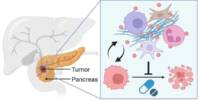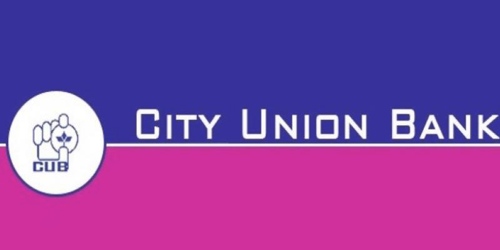According to West Virginia University research, American Heart Association and American Stroke Association recommendations are beneficial at shortening hospital response times for stroke therapy and can be learned even by members of “ad hoc” medical teams that form quickly on the spot.
Rapid stroke treatment is important, therefore when a stroke patient arrives in the emergency room, professionals from various hospital departments hurry to coordinate a team response, including EMS, neurologists, pharmacists, physicians, nurses, radiologists, and technicians. The AHA and ASA guidelines, or “best practices,” specify how much time should elapse between the beginning of an ischemic stroke, in which blood supply to the brain is restricted, and following events such as hospital admission and infusion delivery.
However, experts have questioned whether communicating best practices benefits medical teams who meet temporarily and do not normally interact. A research in the Journal of Operations Management by WVU John Chambers College of Business and Economics associate professor Bernardo Quiroga and coauthors answers that issue using data from over 8,000 stroke patients treated at a large hospital (not WVU Hospitals) between 2009 and 2017.
Time is brain’ for stroke victims. Blocked blood flow to the brain kills almost two million neurons a minute, so your life or ability to walk or talk hinges on how quickly multiple professionals coordinate to restore blood flow. If you’re lucky, you’re treated within the first hour of symptom onset.
Bernardo Quiroga
“‘Time is brain’ for stroke victims,” Quiroga explained. “Blocked blood flow to the brain kills almost two million neurons a minute, so your life or ability to walk or talk hinges on how quickly multiple professionals coordinate to restore blood flow. If you’re lucky, you’re treated within the first hour of symptom onset. Better yet, you receive a shot of Tissue Plasminogen Activator, which dissolves clots. TPA works better the earlier it’s given and usually isn’t effective after 4.5 hours.”
In 2010, the American Heart Association and the American Stroke Association established Target: Stroke, a program that identifies and standardizes stroke care best practices. Participating hospitals lowered median treatment times from 79 minutes in 2009 to 51 minutes in 2017, however it was unclear whether the improvement was due to adherence to best practices or doctors learning through repetition as they treated more stroke patients.
To figure this out, the researchers looked into whether repeated “learning by doing” reduced the hospital’s stroke care time. Then they assessed whether deliberate, “induced” learning and the use of AHA/ASA recommended practices reduced the time even further.

Learning through repetition worked. The more strokes the hospital treated, the faster it responded. For each doubling of cumulative stroke alerts, “door-to-needle time” — the time to get patients from the hospital door to a TPA infusion — decreased by 10.2%.
Best practices also worked. Specifically, the researchers examined two best practices: the Helsinki Model protocol, which directs that EMS staff keep stroke patients on the stretcher for transport to the CT room rather than transferring them to ER beds; and the Rapid Administration of TPA protocol, which requires the pharmacist to be in the CT room with TPA before completion of the CT scan. Those protocols significantly reduced the hospital’s door-to-needle time beyond improvements from repetition-based learning.
According to Quiroga’s coauthor and former PhD student Brandon Lee, that matters because it demonstrates the efficacy of best practices and shows ad hoc teams learning guidelines and implementing them long-term. However, Lee emphasized the importance of the presence of the hospital’s stroke advisory committee, which set targets, evaluated stroke teams’ performances and gave feedback.
Without similar “countermeasures to organizational forgetting,” Quiroga acknowledged that best practices aren’t always sustainable, especially on ad hoc teams.
“Compliance with the Helsinki Model’s recommended best practices is difficult because the hospital must collaborate with many independent EMS systems. “Some EMS providers may be hesitant to commit resources to extended time in the CT room, and EMS staff turnover may result in forgetting,” Quiroga added.
Lee noted, “Overall, because ad hoc teams are fluid, information sharing is more difficult.” And when people don’t know each other well, group learning suffers. However, even if ad hoc teams learn at a slower pace, we concluded that they still learn.”
The study also looked into whether neurologists’ ability to reach time targets was influenced by their recent experiences treating previous stroke patients.
“As team leaders, neurologists can have an outsized influence on performance,” according to Quiroga. “Because other members of the ad hoc team aren’t familiar with each other, they lean on their leader.”
However, statistics showed that stroke teams improved response times regardless of the number of stroke cases handled individually or the neurologist’s recent success rate. Quiroga stated that this is fantastic news.
















